In this article, you will discover the top most expensive foods in 2025, from rare truffles to exquisite caviar, and why they’re the priciest treats on the planet.
Imagine eating something as costly as a new top of the line smartphone! That’s how costly some of the foods in this list are. We’ve got everything from super special fish eggs to cheese made from donkey milk and even coffee with a unique story.
These foods are super rare and take a lot of work to make. We’re talking about mushrooms that only grow in certain spots, honey deep inside caves, and much more. Each bite of these foods is like a little piece of luxury.
So, come along as we explore these fantastic and costly foods and discover why they’re worth so much. Let’s dive in and discover the world of fancy eating!
Table of Contents
The Most Expensive Foods
1. Albino Beluga Sturgeon Caviar
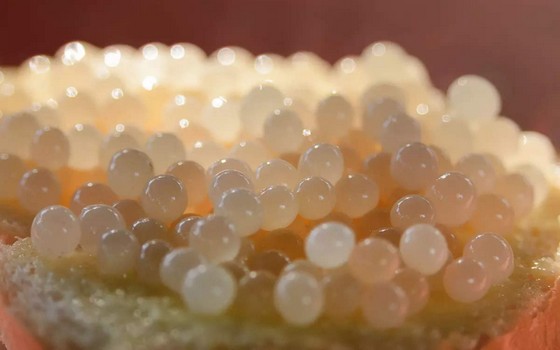
Prized for its exquisite flavor and texture, the Albino Beluga Sturgeon Caviar commands a grand price of up to $34,500 per kilogram. Caviar is a source of vitamins and minerals, including omega 3, which helps to promote a healthy nervous, circulatory, and immune system.
Because of its remarkable rarity and the time it takes for the albino sturgeon to produce eggs – up to 20 years – this caviar is a luxury item.
2. Ethical Foie Gras
For $1,540 per pound, you can enjoy Ethical Foie Gras, a rich, almost buttery flavor, and a delicate variety of specially fattened duck or goose liver. Aside from being a good source of protein, it’s high in vitamin B12 and other essential nutrients.
Unlike traditional foie gras, this “ethical” version doesn’t involve force-feeding. The high cost is due to the meticulous care and natural feeding processes required, which take longer and yield less product than conventional methods.
3. Pule Cheese
Acquired from Serbia, Pule Cheese is a crumbly white cheese that costs an astounding $1,700 per kilogram. It’s rich in protein and calcium – nutrients essential for strong bones and teeth. The cheese’s astronomical price is due to its unique production method, which involves milking a small herd of Balkan donkeys by hand. The milk yield is low, making this cheese exceptionally rare and expensive.
4. Matsutake Mushrooms
Matsutake mushrooms carry a price tag of around $1,000 per pound and are a Japanese delicacy recognized internationally for their unique, spicy aroma and meaty texture. They offer a good dose of vitamins and minerals, like Vitamin D and B6, alongside fiber.
These mushrooms only grow in specific conditions under certain types of trees, making them extremely scarce. Coupled with their labor-intensive harvesting process, the price is justifiably high.
5. Vanilla
Vanilla is an integral component in many dessert and fragrance recipes, with prices reaching up to $600 per pound. Vanilla delivers small amounts of several essential nutrients, including magnesium, calcium, and potassium.
The high cost of vanilla is down to the complex and labor-intensive cultivation and curing process of vanilla flowers from the Vanilla planifolia plant, which requires manual pollination and long curing periods, added further by the impact of climate change on crop health.
6. Kopi Luwak Coffee
Kopi Luwak, one of the most exclusive and sought-after types of coffee, can cost up to $600 per pound. This exotic beverage is notable for its low acidity and unique flavor profile, attributed to the natural fermentation process within the digestive system of the Asian palm civet, which consumes the cherries for their pulp.
While standard coffee beans contain vital nutrients like B vitamins, manganese, and potassium, the Kopi Luwak’s rarity, complex production process, and labor-intensive collection of beans contribute to its exorbitant price.
7. Elvish Honey
A rare and exclusive product, Elvish Honey, can be found in the remote caves of Turkey and bears a staggering price of $5,330 per kilogram. Renowned for its delectable taste, honey is a natural sweetener packed with enzymes, antioxidants, and minerals that offer various health benefits, such as soothing coughs and promoting healthy digestion.
The high cost of Elvish Honey is attributed to the unique landscape and labor-intensive collection process, where honey hunters scale high cliffs to reach the hives, making it an unparalleled luxury food item.
8. Iberico Ham
As a gourmet delicacy from Spain, Iberico Ham can range between $500 to $4,500 in price. Iberico Ham is an excellent source of protein, B vitamins, and heart-healthy monounsaturated fats such as oleic acid. It has a rich flavor and silky texture.
The expensive nature of Iberico Ham results from the extensive raising and feeding requirements of Iberico pigs, a strict acorn-based diet, and the long curing process that takes up to 36 months.
9. Wagyu Beef
Wagyu Beef, originating from Japan, offers an unparalleled culinary experience with rich marbling and a buttery texture that melts in your mouth, priced at around $200 per pound.
This prized meat provides a good dose of protein, essential amino acids, and a higher concentration of healthier fats, including omega-3 and omega-6 fatty acids. The factors contributing to Wagyu Beef’s high price include its unique genetics, labor-intensive breeding practices, and Japan’s strict cattle management regulations.
10. Beluga Caviar
Luxurious and highly sought-after, Beluga Caviar costs around $830 for 28 grams. Extracted from the rare Beluga Sturgeon, this caviar is lauded for its rich flavors, spicy flavor, and powerful nutrients, such as vitamins A and D, omega-3 fatty acids, and essential minerals.
The scarce nature of Beluga Sturgeon, its slow egg development, and strict fishing regulations contribute to the rarity and hefty price of this exquisite gastronomic indulgence.
11. White Truffles
The coveted White Truffles of Italy’s Piedmont region stand out in gourmet foods, with prices varying based on market availability, often exceeding $350 per ounce. These subterranean fungi deliver a rich, earthy flavor and contain various minerals and vitamins, such as Vitamin C and D, iron, and calcium.
The high cost of white truffle is primarily driven by its particular and rare growing conditions, alongside its labor-intensive hunting and harvesting.
12. Goose Barnacles
Hailing from Spain, Goose Barnacles present themselves as a distinct delicacy in seafood, commanding a price of about $125 per pound. These unusual sea creatures offer a unique flavor profile and are rich in protein, minerals like zinc, iron, and magnesium, low in calories, and a source of omega-3 fatty acids.
Their high price point and tag are mainly due to the treacherous process of wild-harvesting these barnacles from wave-battered coastal rocks, which drives up their exclusivity and cost.
13. Ruby Roman Grapes
Japan’s Ruby Roman Grapes, individually almost the size of a ping pong ball, can attract retail prices of between $90 to $140 per grape. These grapes are more prominent, sweeter, and juicier than their counterparts. They are rich in antioxidants, notably resveratrol, vitamins, and fiber, and provide several health benefits.
The cost of this luxury fruit comes from the stringent standards of cultivation, the land scarcity in Japan, and the rigorous selection process that ensures only the most perfect grapes are sold.
14. Extra Virgin Olive Oil
Extra Virgin Olive Oil (EVOO), the king of Mediterranean cuisine, is often valued at $89 for 500 ml. Renowned for its health benefits, EVOO is packed with monounsaturated fats, antioxidants, and anti-inflammatory properties. High-end EVOO gets its price from the quality of olives used, the manual labor involved in harvesting, and the traditional cold-press extraction method that retains maximum flavor and nutrient value.
15. Oysters
Oysters, a compelling symbol of luxury seafood, can cost upwards of $70 per dozen. They are an excellent source of high-quality protein, vitamins A and C, iron, and zinc, contributing to immune health. Farming is notoriously tricky due to its sensitivity to environmental changes and the rigorous cleaning and inspection process to ensure safety for raw consumption, all compounded by the high price of oysters.
16. Ayam Cemani Chicken
Known as the “Lamborghini of poultry,” the Ayam Cemani Chicken can be priced over $100 per pound. Originating from Indonesia, these birds are highly valued due to their unique jet-black appearance, encompassing their feathers, skin, organs, and even bones.
Not just a luxury item, these chickens are also rich in protein, offering usual benefits akin to any other breed, such as boosting the immune system and aiding in weight loss. Its rarity, unique genetics, and the high cost and labor-intensive breeding process contribute to its premium price.
17. Densuke Watermelon
Hailing from the cold climate of Hokkaido, Japan, the Densuke Watermelon can reach prices up to $250 each. The price aligns with this rare fruit’s rarity and remarkable flavor, noted for its mild flavor and lovely and crisp texture. Watermelons are a good source of hydration, vitamins, and minerals like vitamin C and potassium.
The Densuke Watermelon’s high price tag is due to its limited production, with only a few hundred cultivated each year, making it a sought-after delicacy.
18. Bluefin Tuna
Land in the luxuriously lean and incredibly nourishing world of Bluefin Tuna, a delicacy in Japan. Price varies between $10 and $80 per pound, depending on the quality. Tuna is an excellent source of lean protein, vitamin B, and omega-3 fatty acids, which have been linked to improving cardiovascular health.
Its high-cost factors in the overfishing crisis have decreased the Bluefin Tuna population, making the demand and price soar.
19. Kobe Beef
Adapted to the calm and serene landscapes of Japan’s Kobe region, Kobe Beef ranks among the most luxurious meats globally, costing between $25 to $50 per ounce.
Its rich nutritional profile is high in quality protein, essential amino acids, and monounsaturated fatty acids, specifically oleic acid, which could reduce cardiovascular diseases. The astronomical price of Kobe Beef stems from Japan’s highly regulated and quality-centered breeding practices.
20. Saffron
The most expensive spice in the world, Saffron, can cost between $10 and $20 per gram. Saffron threads are loaded with a rich and diverse range of antioxidants and offer many health benefits, like improving mood, reducing PMS symptoms, and enhancing heart health.
Harvested by hand from the Crocus sativus flower, each containing only three saffron threads, its labor-intensive cultivation process and the sheer volume of flowers needed justify the hefty price tag.
Conclusion
As our exploration of the world’s most expensive foods comes to a close, we hope you’ve enjoyed this journey into culinary opulence. These dishes are more than costly; they are masterpieces of flavor, rarity, and tradition, showcasing the extraordinary lengths chefs and artisans go to create unforgettable dining experiences.
Whether it’s the allure of exotic ingredients, delicate flavor, or the skillful artistry behind each preparation, these luxurious foods offer a glimpse into a world where cuisine transcends boundaries and becomes an emblem of splendor.
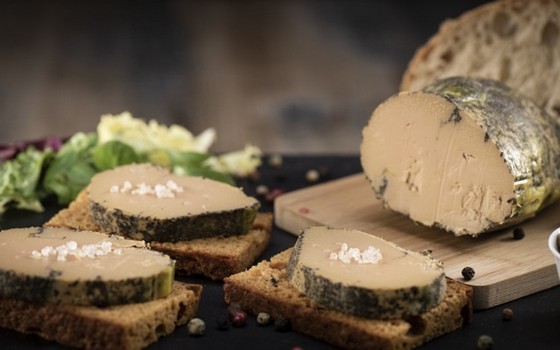
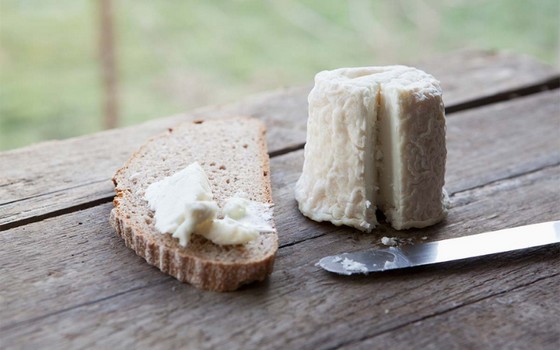
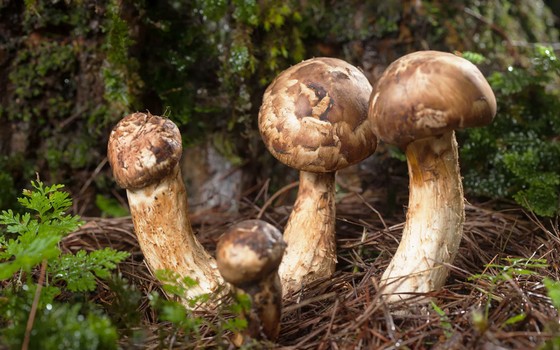
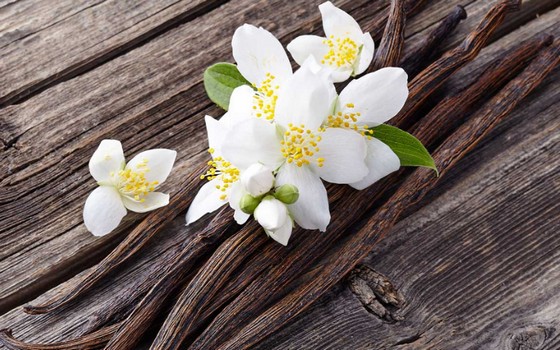
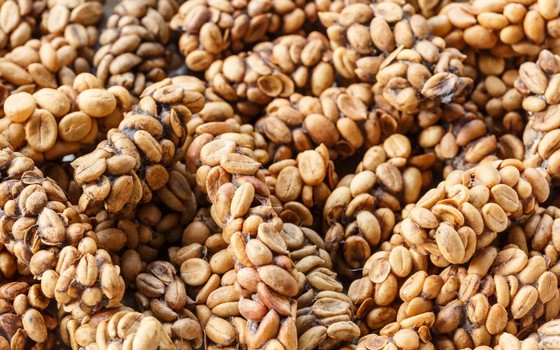
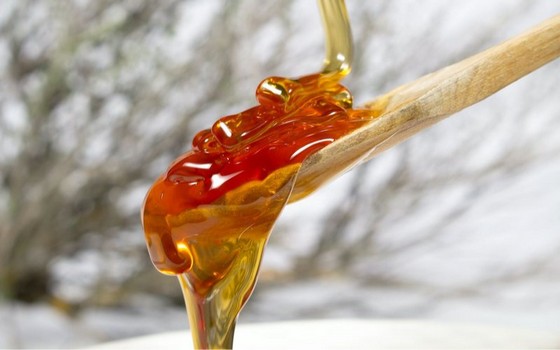
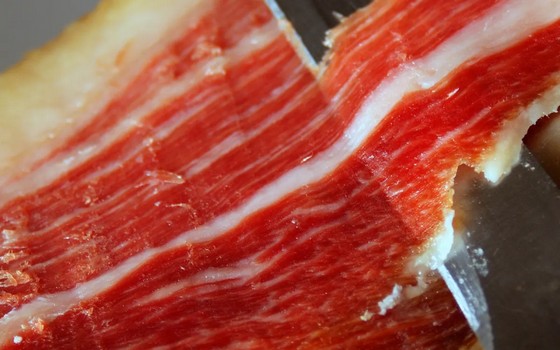
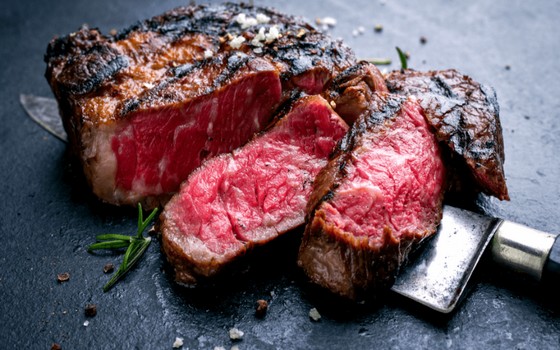
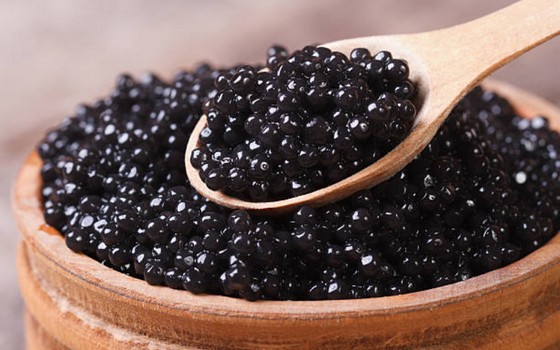
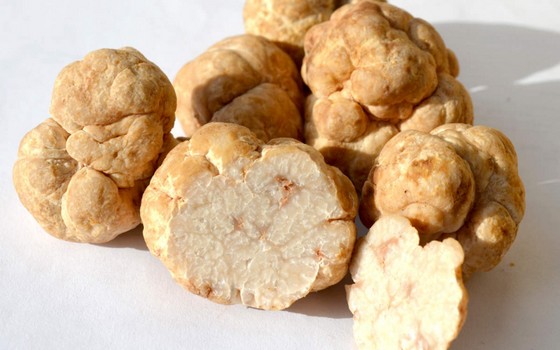
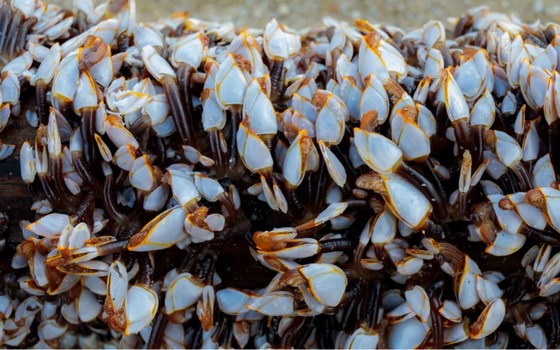
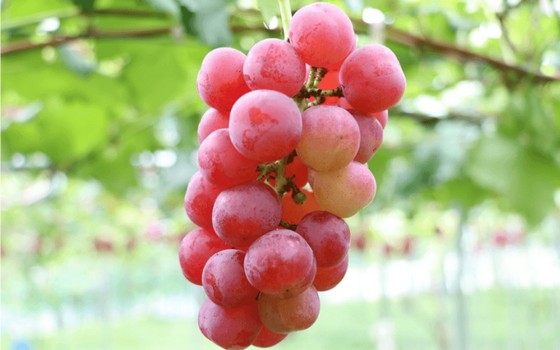
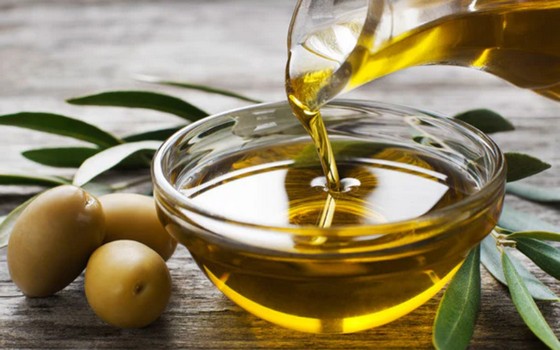
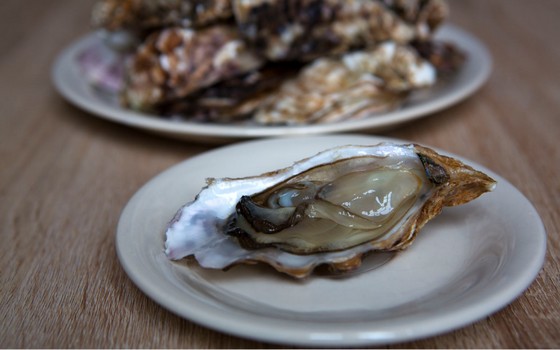
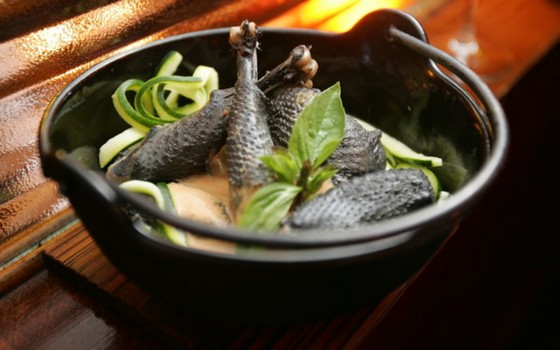
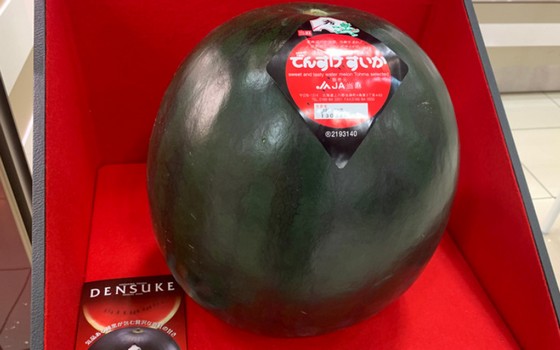
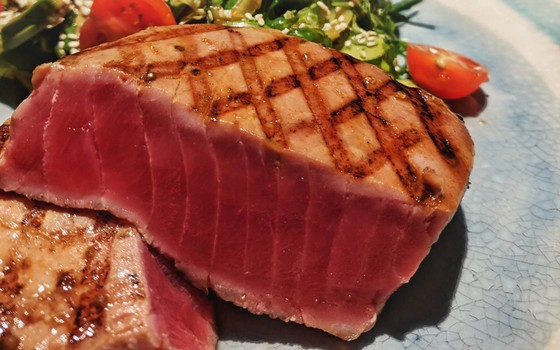
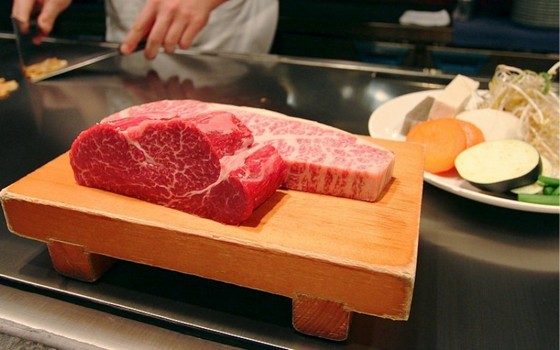
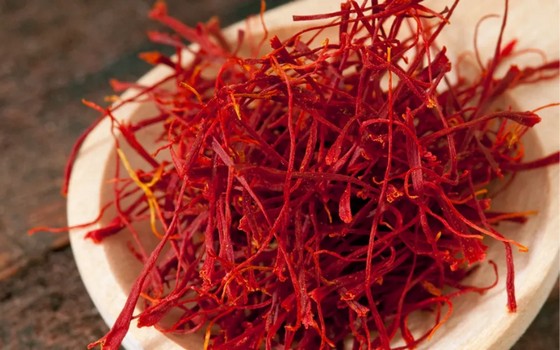
I am interested in selling vanilla and mushroom. I am from Papua New Guinea, an island country north of Australia.
I want to begin with mushroom and am looking for market.
If people are interested than they can email me.
Sition